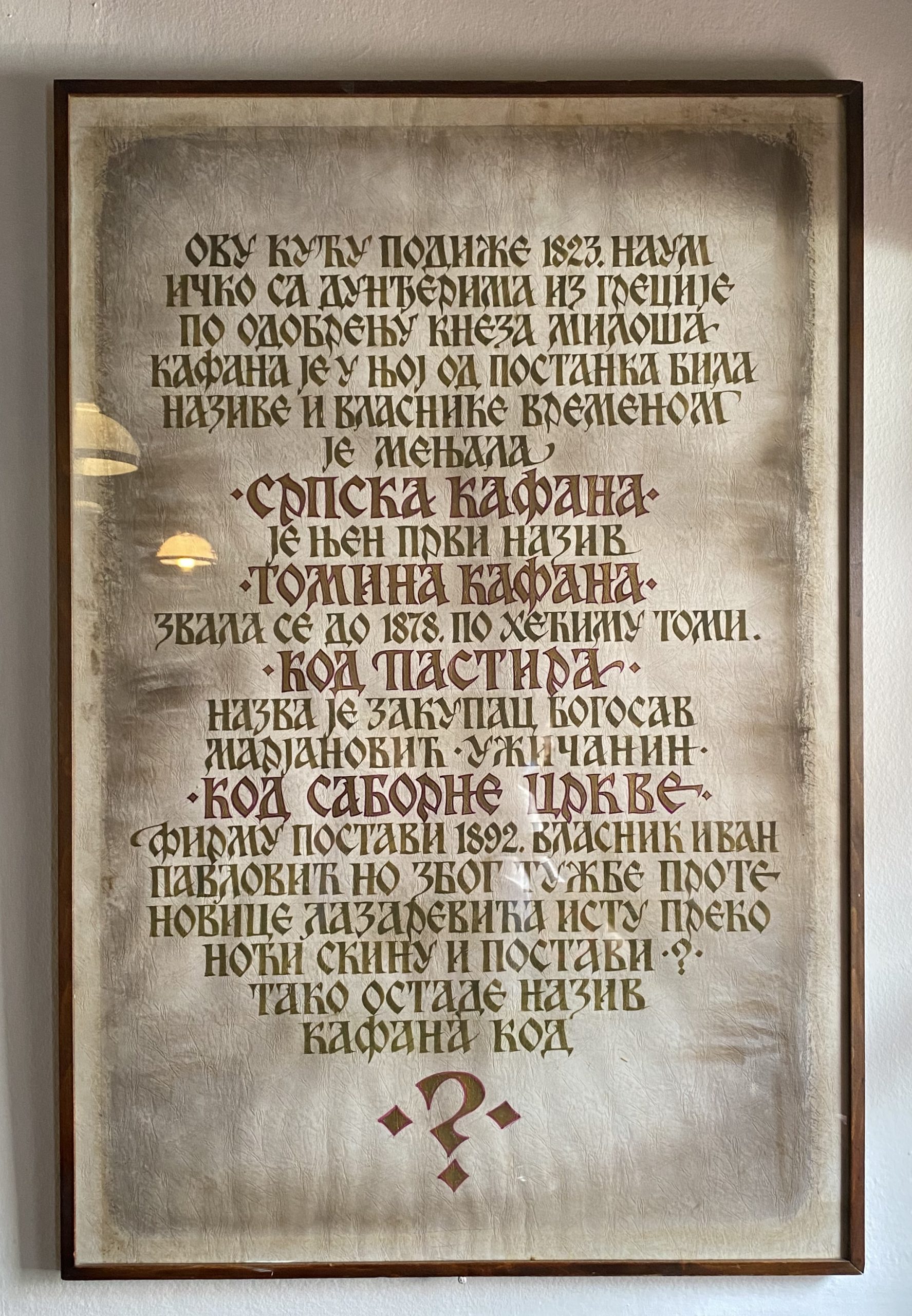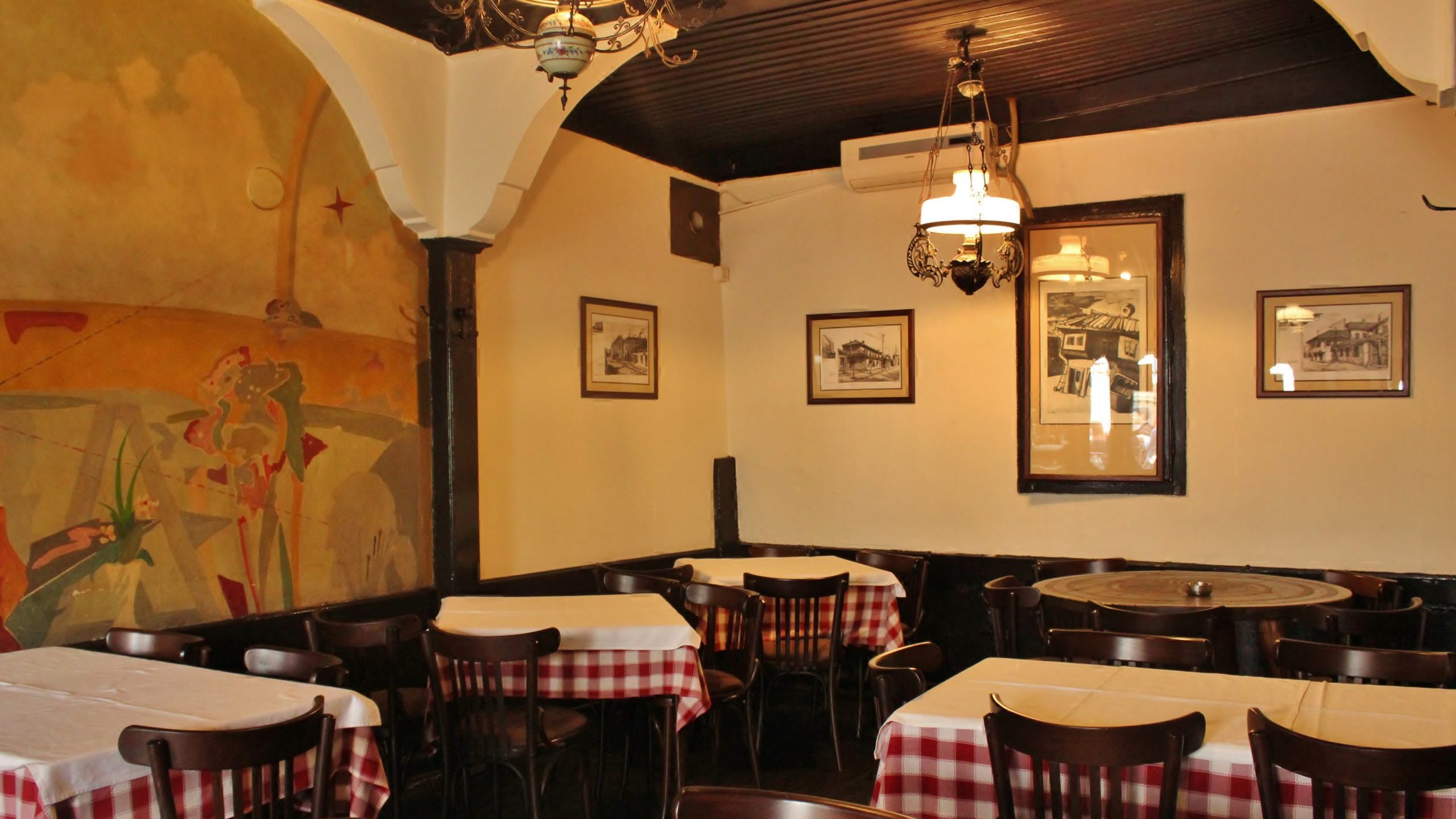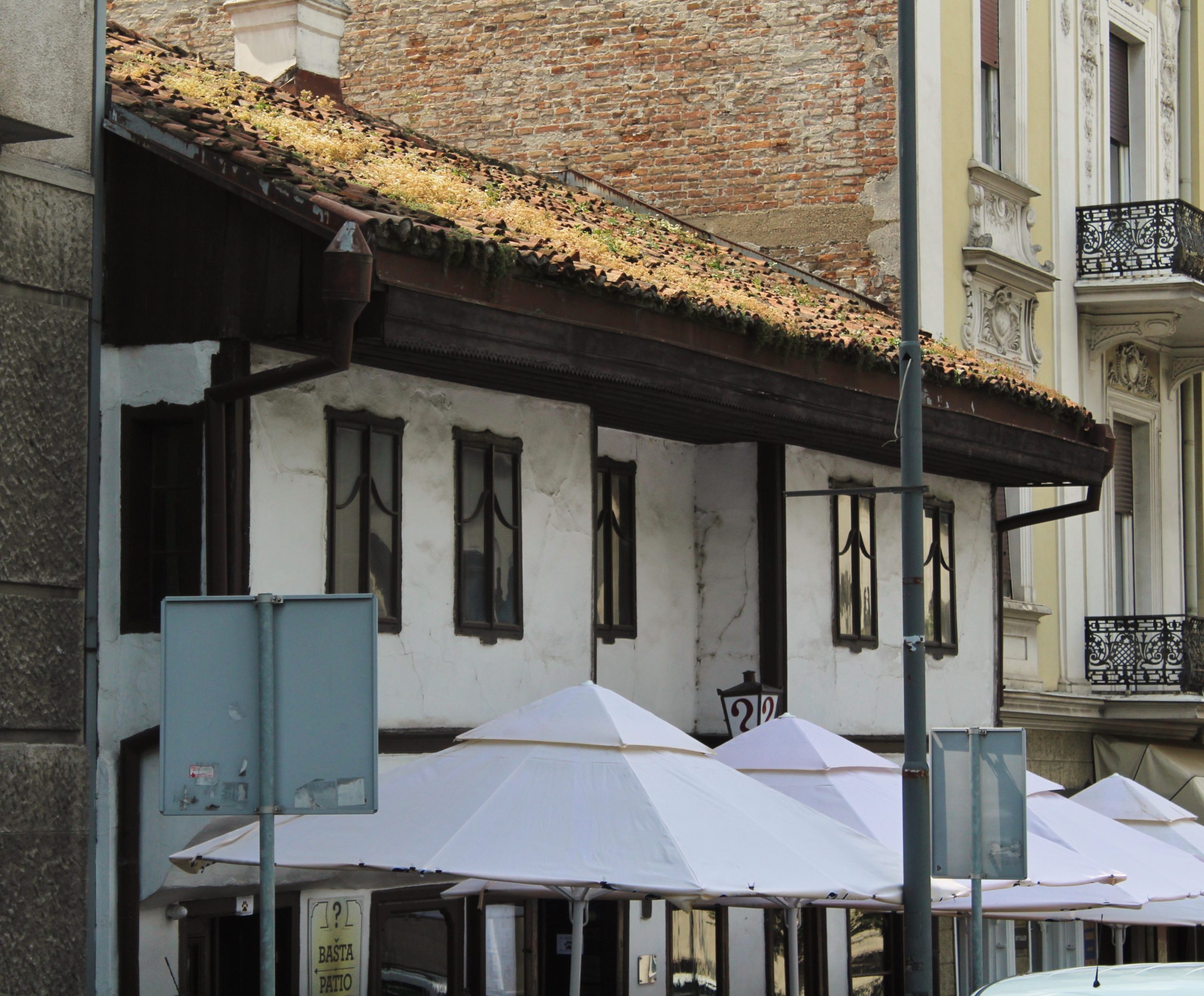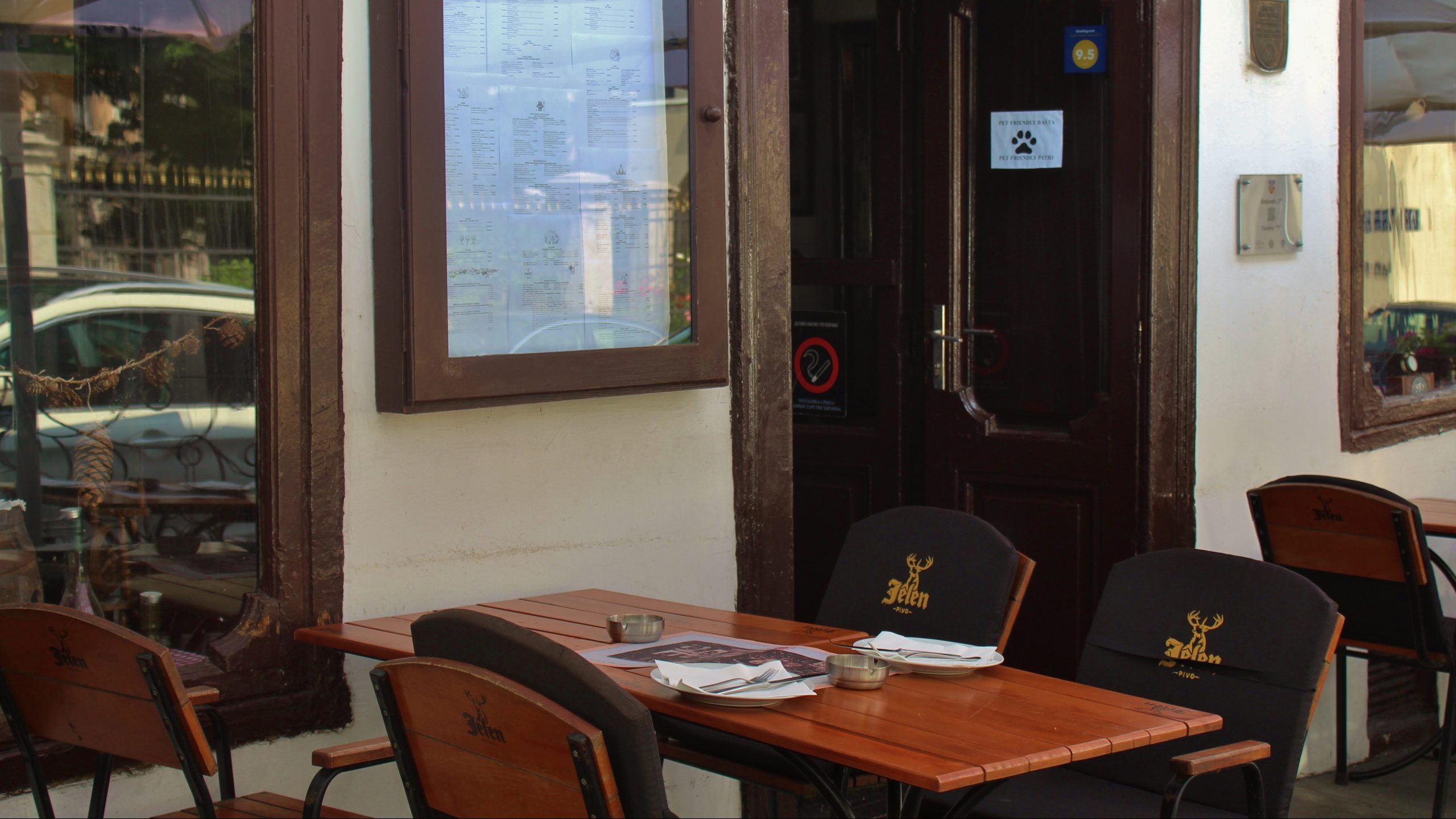WHERE IS IT?
The ”?” Tavern is located in Kralja Petra Street, Stari grad district . In the vicinity are Belgrade Cathedral, and the Princess Ljubica’s residence.



HOW DID THE TAVERN GET ITS NAME?
The Tavern ? is the oldest tavern in Belgrade. It was built in 1823 by the merchant Naum Ičko, for Prince Miloš Obrenović. The Prince gave it to doctor Toma Kostić, for his merits in the Second Serbian Uprising.
On the ground floor, in 1826, doctor Toma, opened a tavern which was then called “Doctor Toma’s tavern”. The tavern changed owners and names several times. Until 1878 it was “Doctor Toma’s tavern”, but the new tenant then changed its name to “At the Shepherd”. Several years later, the house acquired new owner, who bought it in 1885. Ivan Pavlović, who dealt in ecclesiastical artifacts, called it “At the Cathedral” in order to underline the vicinity of the Belgrade cathedral and the relation between the church and his trade.
However, the church authorities complained and threatened the owner with a lawsuit because the name of the tavern was not in compliance with the Regulation on taverns or the church. The owner put the question mark as a temporary solution, waiting for the public to calm down. But Belgrade's citizens liked the new name and the unusual sign has been preserved to the present day.

EXTERIOR
It is an exceptional example of the Balkan town house from the beginning of the nineteenth century. The house follows the street line, while the garden and the courtyard occupy the rest of the plot behind. There was a wooden oriel on the courtyard side, overlooking the garden and the well. The roof covered in tiles, has high chimneys. It has timber frame construction, a cellar, ground floor and upper floor. The layout of the rooms is asymmetrical (except for two rooms with bay windows). It was consturcted as a residential building with tavern premises on the ground floor. Today, it represents an authentic ambience in which traditional Serbian cuisine is served.
Written and translated by Maša Popesković


